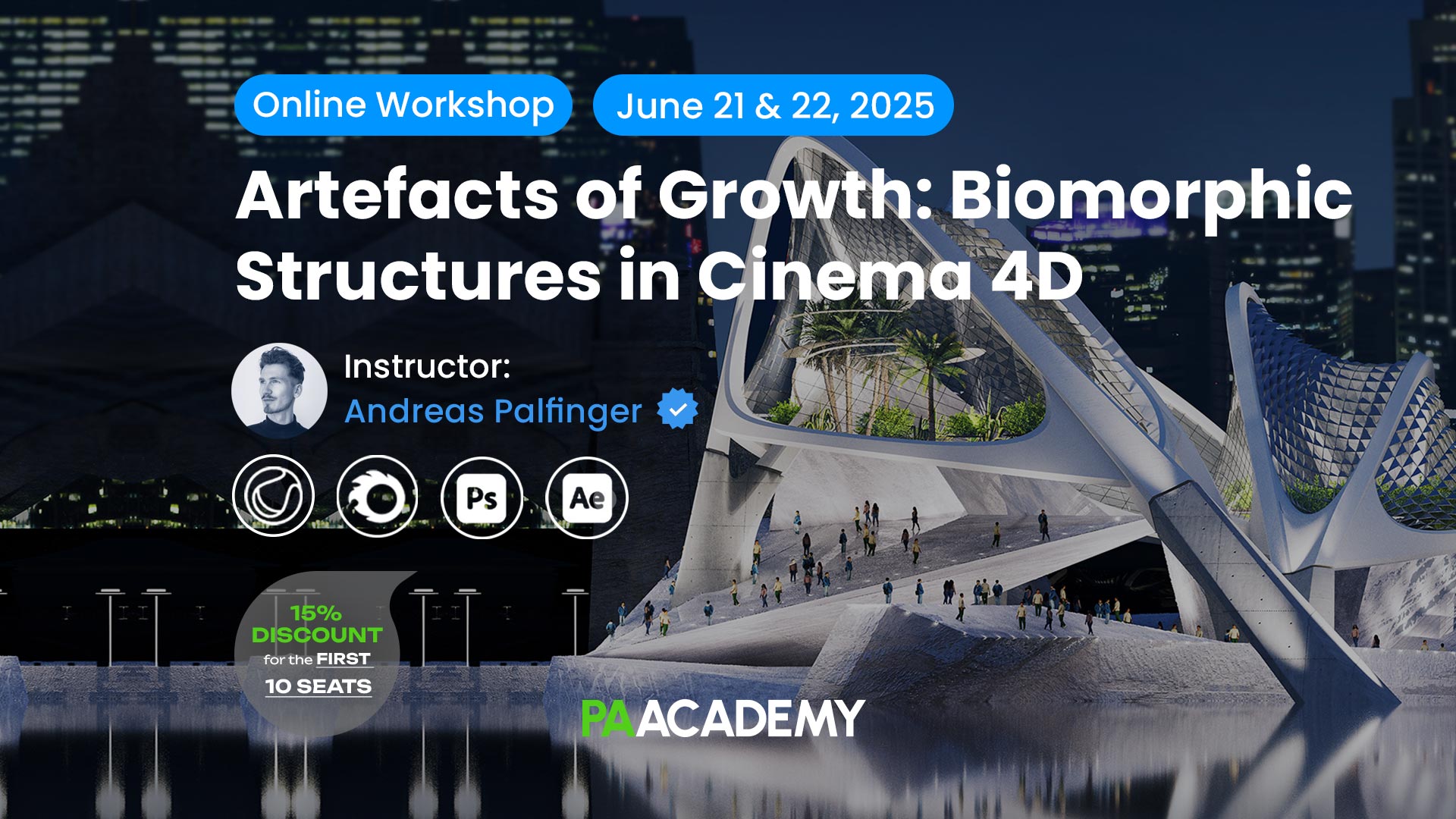The base of Saudi Arabia’s development strategy is the Saudi Vision 2030 Giga projects. These projects, like The Red Sea Project and NEOM, aim to promote sustainability, technological progress, and economic prosperity.
The Saudi government initially revealed Saudi Vision 2030 in 2016. Reducing reliance on oil resources is the vision’s primary objective, which has been a government objective since the 1970s. The 3 primary goals of the vision are to establish the nation as the “heart of the Arab and Islamic worlds,” dominate international investment, and leverage its geographic location to serve as a hub linking Afro-Eurasia.
According to Astrolabs, Saudi Arabia’s construction sector is poised to be valued at $181.5 billion by 2028. This means the country will have the largest construction market in the world by 2028.
Criticism of Saudi Vision 2030
In addition to all announcements on strategy, sustainability, or equality, Saudi Vision 2030 giga projects have faced a few criticisms, ranging from human rights to ecological impact.
After the assassination of Jamal Khashoggi, there has been a general hesitation among the international community to invest in Saudi Arabia. According to Independent UK, the Gulf became economically unattractive.
As part of the Giga project, the country demolished a few areas, for example, Saudi authorities initiated a large-scale removal plan for the Jeddah Central Project launched in December 2021. The demolitions affected 558,000 people in more than 60 neighborhoods. As reported by Amnesty International, residents said the communities were being destroyed without any solution.


The NEOM project under Saudi Arabia Vision 2030 has been criticized for human rights violations against the indigenous Howeitat tribe. Three tribal members were executed for resisting forced evictions tied to the project, which began in January 2020. The United Nations has raised concerns and called on Saudi Arabia and companies involved in the project to adhere to human rights standards.
As part of its modernization plan, Saudi Arabia was adopting changes to enhance women’s rights and gender equality. However, the country was being criticized, and human rights groups said that all its efforts “are not serious and fall within the whitewashing campaigns it is carrying out to improve its human rights record.”
On the positive side, the Saudi government has made several amendments to its Labor Law, including increasing maternity leave from 10 to 12 weeks. These changes aim to create a more supportive work environment for women and align with the country’s Vision 2030.
A closer look at the giga projects
NEOM
The construction industry in Saudi Arabia is anticipated to experience substantial expansion due to the Saudi Vision 2030 plan, which is focused on economic diversification and urbanization. NEOM is one of the major construction developments the country is currently focused on.
NEOM, introduced by Crown Prince Mohammed bin Salman in 2017, has a total planned area of 26,500 km2. It is planned to have most of the city finished by 2039. Initially, NEOM presented plans for The Line, a linear city located 170 kilometers away, in January 2021. In April 2024, the project’s goal was revised again to 2.4 kilometers. Lately, NEOM has also been targeted for violating human rights and the environment.
Another project part of this development is an octagonal-shaped floating industrial complex called Oxagon, which was announced in November 2021. It is planned to be centered on industrial research, development, and production. The old Duba Port will be incorporated into Oxagon and named “Port of NEOM.”

NEOM also announced that the Arabian Peninsula’s first outdoor skiing resort, Trojena, master-planned by LAVA, is currently under construction around a large artificial lake surrounded by hotels and residences. The resort expects to have 700,000 visitors and 7,000 permanent residents.
Additionally, NEOM revealed plans for Sindalah, an opulent resort complex off the city’s coast, in December 2022. It is set to start welcoming visitors this year, making it the first Neom region to be completed.
NEOM announced a region called Magna with sub-regions including Leyja, Epicon, Siranna, Utamo, Norlana, Aquellum, Zardun, Xaynor, Elanan, Gidori, Treyam, and Jaumur.
Qiddiya
In Riyadh, Saudi Arabia, Qiddiya is a massive entertainment and tourism project scheduled to debut in 2027. The city plan offers 40 cultural events, 43 sports facilities, and 27 entertainment attractions for 160,000 inhabitants.
Qiddiya Performing Arts Center is anticipated to draw 80,000 visitors annually and 10 million in 10 years. BSBG served as the primary design consultant for this massive project, located 45 kilometers from Riyadh and designed by Tom Wiscombe.
Other projects are part of the development, like the new Speed Park created by racing drivers for race drives—German circuit designer Hermann Tilke and Formula 1 driver Alex Wurz—is also part of the construction. With 21 bends, the design pushed the limits of the extreme sport.
Also, the populous-designed Qiddiya City Esports Arena is another example of Saudi Vision 2030. With its six tapering trapezoidal volumes and neon lighting reminiscent of game aesthetics, the arena symbolizes the merging of fiction and reality.
Major projects like the Formula One racetrack, Six Flags Qiddya, and Aquarabia waterpark are still unfinished.
The Red Sea Project
The Red Sea Project, planned as a large-scale tourism project on the Red Sea coast of Saudi Arabia, is set to be completed by 2030. It aims to feature 50 hotels with 8,000 rooms and over 1,000 residential properties spread across 22 islands and six inland sites.
Red Sea Global is the developer behind this ambitious project, which began construction at The Red Sea in February 2019. The first destination of The Red Sea Project, Six Senses Southern Dunes, welcomed guests in 2023.
Shura Island, also known as Shurayrah Island, is the main island of The Red Sea Project and is the location for Coral Bloom, one of the most ambitious construction projects within the development. Shura Island is connected to the mainland by Saudi Arabia’s longest water bridge, stretching 1.2 km, and was built by Archirodon.
Additionally, the project includes Six Senses Southern Dunes, an inland resort in the Alnesai desert designed by Foster + Partners.
Access to The Red Sea Project is made possible through the Red Sea International Airport, a dedicated airport set to be fully completed in 2025, developed by Foster + Partners.
New Murabba

New Murabba is a projected mixed-use real estate development announced in February 2023 as part of Saudi Vision 2030 Giga projects. It is located at King Salman Road and King Khalid Road. According to the officials, it will be the second climate-controlled indoor metropolis in the world. According to the Saudi Press Agency, the downtown area will be designed with sustainability in mind. It will have green spaces, walking and cycling routes and eco-friendly zones promoting healthy, active lives and community events.
The New Murabba Stadium, scheduled to open in Riyadh by 2032, has a design recently unveiled by the New Murabba Development Company (NMDC). In 2034, this development is intended to host the FIFA World Cup.
Sports Boulevard

Another project that is part of Vision 2030 is a massive linear park called Sports Boulevard, which is being considered for Riyadh, Saudi Arabia. The initiative was introduced in 2019.
Designed by COEN + Partners, the Sports Boulevard is a bicycle and sports corridor revolutionizing Riyadh.
The Sports Boulevard within the city of Riyadh adds over 135 km of new public open space, 170,000 square meters of arts and cultural venues, 2.3 million square meters of private development, and over 13 million square meters of red sands conservation and recreation park space.
Mohammed Bin Salman Nonprofit City
The 840-acre Mohammed Bin Salman Nonprofit City (Misk City) planned real estate development includes an integrated residential complex, academic institutions, a conference center, a museum, a creative center, and a gallery. The city employs around 20,000 people, and its commercial areas are expected to occupy more than 306,000 sqm.
The Australian architecture company Conrad Gargett was awarded the contract to create the MiSK Foundation’s new regional headquarters.
King Salman Park

In Riyadh, Saudi Arabia, King Salman Park is a massive public park and urban area currently under development. It was introduced in 2019 as part of a public campaign to expand Riyadh’s green space.
According to preliminary designs, a central park will be encircled by residential, hotel, commercial, and cultural structures. A “Visitor Pavilion,” a theater and museum complex called the “Royal Art Complex,” and 11.6 million square meters of green space are all planned. Over 160 features and attractions encompassing art, culture, sport, and entertainment will be present throughout the park.
Riyad Metro
Riyad Metro’s fast transit system is also part of the country’s Vision 2030 Plan. The station, which occupies 8,150 square meters, is situated east of the Northern Ring Road.
Zaha Hadid Architects created the King Abdullah Financial District (KAFD) Metro Station, the transit system’s most anticipated part. The station is in the middle of the KAFD master plan’s sky bridges, footpaths, and metro lines network.
King Abdullah International Gardens


King Abdullah International Gardens is a distinctive botanical garden located on Makkah Road in South West Riyadh. The project aims to investigate climate change and human understanding of its causes and effects. The gardens will be constructed inside two linked, crescent-shaped biomes to represent the site’s evolution over time.
Designed in collaboration with Barton Willmore and Buro Happold, the garden is anticipated to open in the fall of 2025.
Central Jeddah
In Jeddah, Saudi Arabia, there is a planned urban development project called Jeddah Central. The $20 billion project was unveiled in December 2021. The first of the project’s three phases is scheduled to be finished by the end of 2027. Numerous other locations are part of this project, including the Opera House, Jeddah Central Stadium, the Oceanarium, and the Coral Farm and Museum. One of the venues for the 2027 AFC Asian Cup and the 2034 FIFA World Cup is Jeddah Central Stadium.
The opera house was designed by Henning Larsen Architects and is set within the intricate network of alleyways, souqs, and Barahaats of old Al-Balad, drawing inspiration from its thick character. Al-Balad’s geometric volumes will make the opera stand out from various angles in the vicinity.
As part of the Central Jeddah project, the Oceanarium and Coral Farm, developed by US-based Skidmore, Owings & Merrill (SOM), will feature underwater exhibits. SOM has also completed major projects in the Jeddah region, such as the King Abdul Aziz International Airport’s Hajj Terminal.
Al Madinah Rua
In Medina, Saudi Arabia, Rua Al Madinah is a planned urban development project announced in August 2022. By 2030, when it is finished, Medina can accommodate up to 30 million Umrah pilgrims.
The project’s first phase is scheduled to be finished by 2026. Marriott and Rua Al Madinah have agreed to open eight hotels totaling 4,400 rooms under various brands.
Soudah Peaks
Al Soudah’s Soudah Peaks is a proposed mountain tourism attraction. The first phase is anticipated to begin in 2024 and end in 2026. Five of the six zones will be developed in this phase, and 940 hotel apartments, 391 residential units, and 1,025 staff accommodation units will be built.
Masar Destination
Masar Destination is a planned urban development project in Mecca, Saudi Arabia. Designed by One Works in collaboration with RMJ, it includes a 3.6 km pedestrian-only axial boulevard.
The destination will have 24,000 hotel rooms and 13,000 residential units upon completion. The project links the Haramain High-Speed Rail Station to the sacred Kaaba in the Great Mosque.
Jeddah Economic City
The Jeddah Economic City is a project that will develop a master plan around the Kingdom Tower. Des?gned by HOK Architects, construction began with the Jeddah Tower in 2013.
The Kingdom Holding Company, owned by Prince Al-Waleed bin Talal, designed the project. The focal point of this development will be the Jeddah Tower, which, upon its completion, is planned to become the tallest building in the world.
































Leave a comment